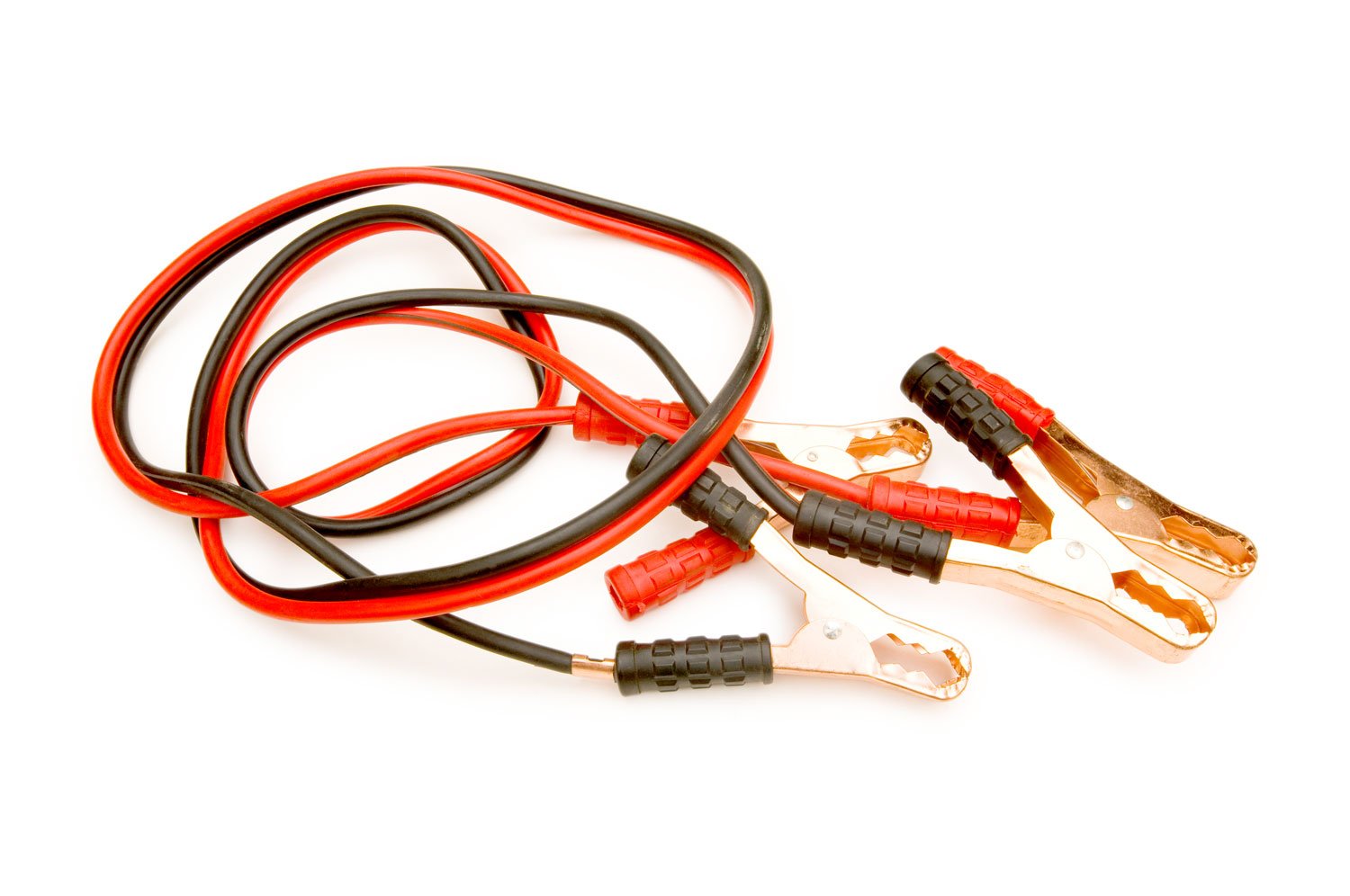Jump Starting the Formulation Process
Lise
I was recently chatting with Marie of Humblebee & Me about how the process of creating a formula can feel a bit daunting and we both decided to share this insiders secret with our respective readers.
If there was a shortcut available for formulators, this is probably as close as you can get. Many cosmetic bloggers use this method, and while some might call it cheating, others consider it a necessity.
What am I talking about?
I’m referring to jump-starting a formulation process by using free formulations supplied by many ingredient manufacturers.
Free Formulations?
Yes indeed. There are lots of options. If you are a member of, say, UL Prospector , you can browse free formulas to your hearts content from any of the companies in their database. There are other member-based sites as well, but many of them require you either have a company or are working professionally in the field of cosmetics.
But you’ll also find free formulas where you don’t need to be a member. Some manufacturers will make their development formulations freely available for download directly from their website - some even offer ingredient samples. Sometimes you’ll need to be subscribed to their newsletter as the only requirement.
Pros and Cons
There are pros and cons to using ‘ready-made’ formulations as you may imagine. While a clear pro is having an instantly available formulation, cons include things such as:
Not all listed ingredients are generally available to DIY’ers or even artisan-sized companies.
There are generally disclaimers along the lines of “this formulation has not been tested with manufacturing in mind and it is your responsibility to undertake necessary blah blah and yada yada to ensure stability and safety” In short, the formulation may very well be untested.
The method descriptions often call for industry standard equipment (magnetic stirrers, etc etc)
Nonetheless, it can be a great exercise to use a development formula to jump start a formulation exercise, so that’s what we’re going to do today.
I shopped around a bit to find something where most of the ingredients would be readily available and chose this beard balm formula from Alchemy ingredients. It features an ingredient they make: Sapogel.
Sapogel is a natural emulsifier that works without the need of heat (cold-mix) and can produce stable results both with an overhead mixer but also by hand. Mind you, working by hand is a bit of a process, but it’s definitely doable. I’ve made many successful and stable Sapogel emulsions and oleogels using nothing more than a spatula and a bowl.
If you can source Sapogel, you should be able to adjust this beard balm formula to your preference.
Substitutions
If you want to replace any of the oils or butters, I recommend using ingredients with similar properties to achieve a texture similar to the listed formulation.
Examples: shea butter could be replaced with mango butter and cocoa butter with cupuaçu. Avocado oil might be replaced with apricot kernel oil or sweet almond oil. I would probably keep the fractionated coconut oil as it is the only really ‘light’ ingredient in this balm.
Phase C ingredients could be swapped out entirely with other extracts or fragrances/essential oils.
Finally, if I were going to adjust and change this formulation, I would in all likelihood start by making the formulation with as few changes as possible to get an idea of what Alchemy’s original formula feels like.
Final Tip
Many ingredients manufacturers have a suggested usage rate for their ingredients that is great to use as starting point, but don’t necessarily take it as scripture. Many times an ingredient can be used at a far higher or lower percentage and still produce a stable and functional formula.
A couple of examples: surfactants otherwise used in a liquid shampoo can be used at a much higher percentage in a solid shampoo bar. Also, some emulsifiers can produce beautifully stable emulsions with much less than the recommended usage rate.
In short: don’t be afraid to experiment. If you are formulating something untried - start with a small batch and see what happens. You may end up tossing your batch, but you may also end up with something fabulous. Either way, you’ve learned something new and useful you can take forward in developing your future formulas.
Enjoy!
Do Tell
Have you ever used a development formulation to jump start your formulating process?
Speaking of balms, the book below has loads of balm formulas you might find inspiring (and I do include suggestions for substitutions where relevant.




